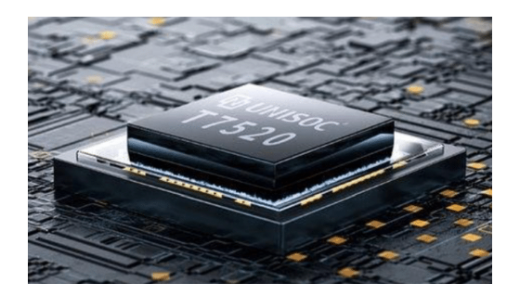A security chip based on RISC-V increases cryptographic performance by 50%, improves memory efficiency, and reduces application load time by 120%.
Unisoc, formerly Spreadtrum, a Chinese developer of application processors, has announced what it describes as the world’s first security chip using the open RISC-V instruction set architecture (ISA). The new E450R chip is reported by IT Home to deliver performance improvements for security algorithms.
A key feature of the chip is its asymmetric cryptographic PKE algorithm engine, which operates 50% faster than its predecessor. The chip maintains its performance even with increased key lengths, providing security without reducing speed. IT Home notes that the chip also shows a 50% improvement in transaction-based applications, making it suitable for environments that require quick processing.
The chip also includes a 15% increase in the erase/write speed of its non-volatile memory (NVM), allowing more efficient data storage in applications with frequent memory operations.
Unisoc highlights its use of the open-source RISC-V ISA, which allows the company to customize its processing cores for better performance and power efficiency compared to traditional architectures like Arm R, which maintains legacy features for ISA compatibility. Unisoc supports an API and manages the software/firmware stack, ensuring compatibility with various software applications, as neither IT Home nor Unisoc report issues with software compatibility.
The chip’s custom microarchitecture reduces application code size by 30% and increases application load times by 120%, improving performance in real-time applications.
The E450R has received certifications, including National Cryptography Level 2, UnionPay chip and embedded software security certifications, and the CCRC IT EAL4+ certification.
Original article source:
FAQ
1.What is a RISC-V security chip?
A RISC-V security chip is a hardware component based on the RISC-V instruction set architecture, designed to enhance security features in computing systems. It allows for customizable designs that can improve efficiency and security.
2.What makes this chip the first of its kind?
This chip is the first to feature an open architecture using RISC-V, which provides developers with greater flexibility and transparency compared to proprietary architectures. It enables innovation in security applications without the limitations of traditional closed systems.
3.What security features does this chip offer?
The chip typically includes features like hardware-level encryption, secure boot, trusted execution environments, and enhanced protection against side-channel attacks, ensuring that data and applications are safeguarded against threats.
4.How does open architecture benefit developers and users?
Open architecture allows developers to customize and optimize their designs according to specific needs, leading to potentially more secure and efficient applications. Users benefit from enhanced security and innovation in devices that incorporate this technology.
5.What applications can benefit from this RISC-V security chip?
The chip is suitable for a wide range of applications, including IoT devices, mobile phones, cloud computing, automotive systems, and any environment where data security is paramount.
6.Is the RISC-V security chip compatible with existing systems?
Generally, yes. The RISC-V architecture is designed to be adaptable, making it compatible with various software and hardware ecosystems. However, integration may require specific adjustments based on the system’s architecture.
7.What are the potential implications for the semiconductor industry?
This chip could drive significant changes in the semiconductor industry by promoting more open and collaborative design practices. It may encourage innovation, reduce costs associated with licensing proprietary technologies, and improve security standards across devices.
